Dynamics of the Ice Age Earth
Although the last ice age ended about ten thousand years ago, its effects are still influencing human activities today - for example: coastal engineering, siting of nuclear waste depositories, intraplate earthquake mitigation, inaccuracy of a global positioning due to changes in the geodetic reference frame, etc.The recognition of ice ages and glacial isostasy led to the first scientific revolution in earth science. During the last few decades, studies of the dynamics of the ice age earth have brought together various disciplines - including geomorphology, geodynamics, rock and ice rheology, geodesy, glaciology, oceanography, climatology, astronomy, engineering and archeology.Recent interest in the subject has surged forward due to new advances in space-age geodetic techniques and new developments in modeling methods.
{{comment.content}}

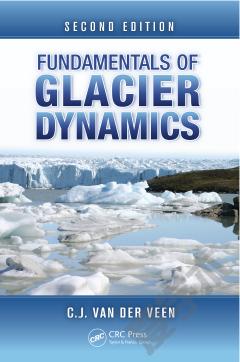
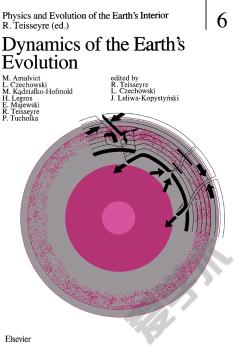

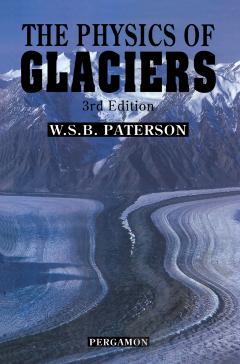
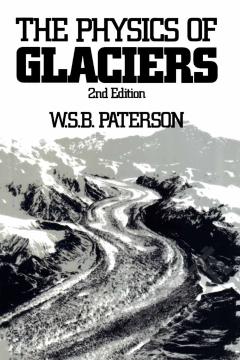
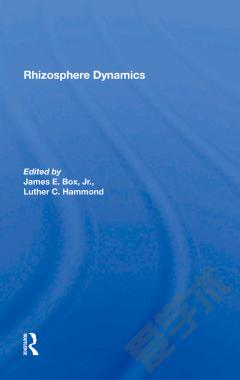

 京公网安备 11010802027623号
京公网安备 11010802027623号